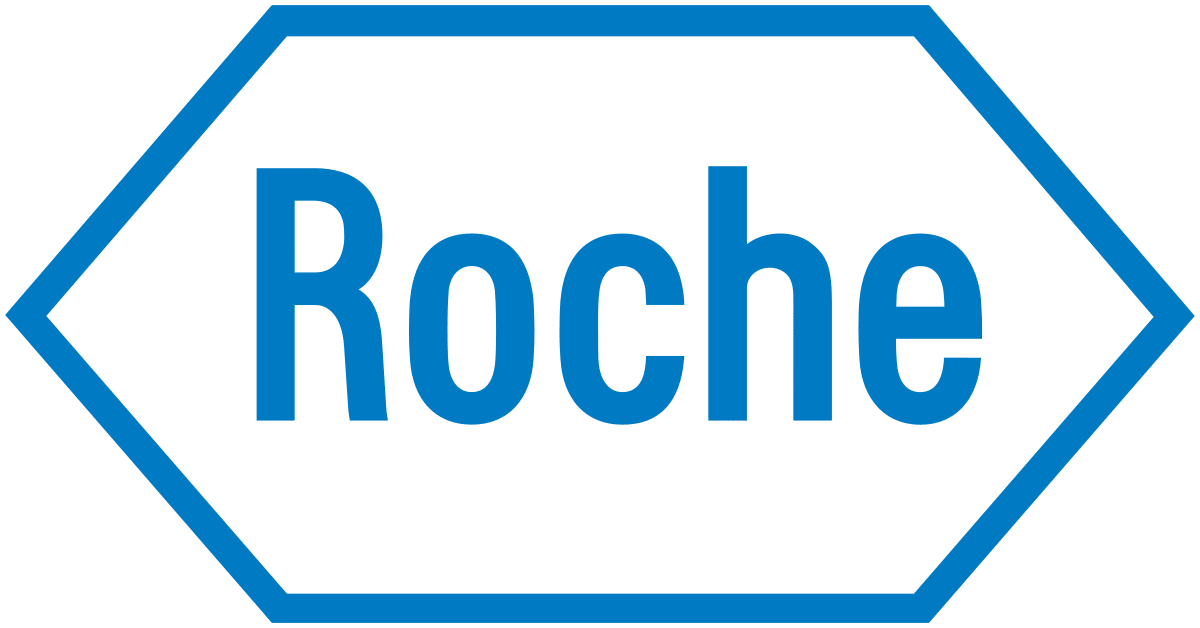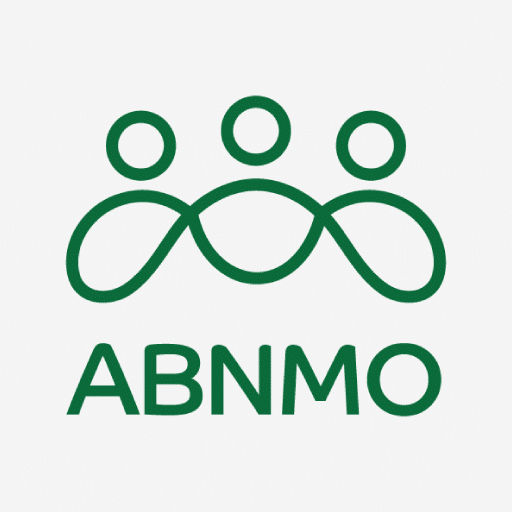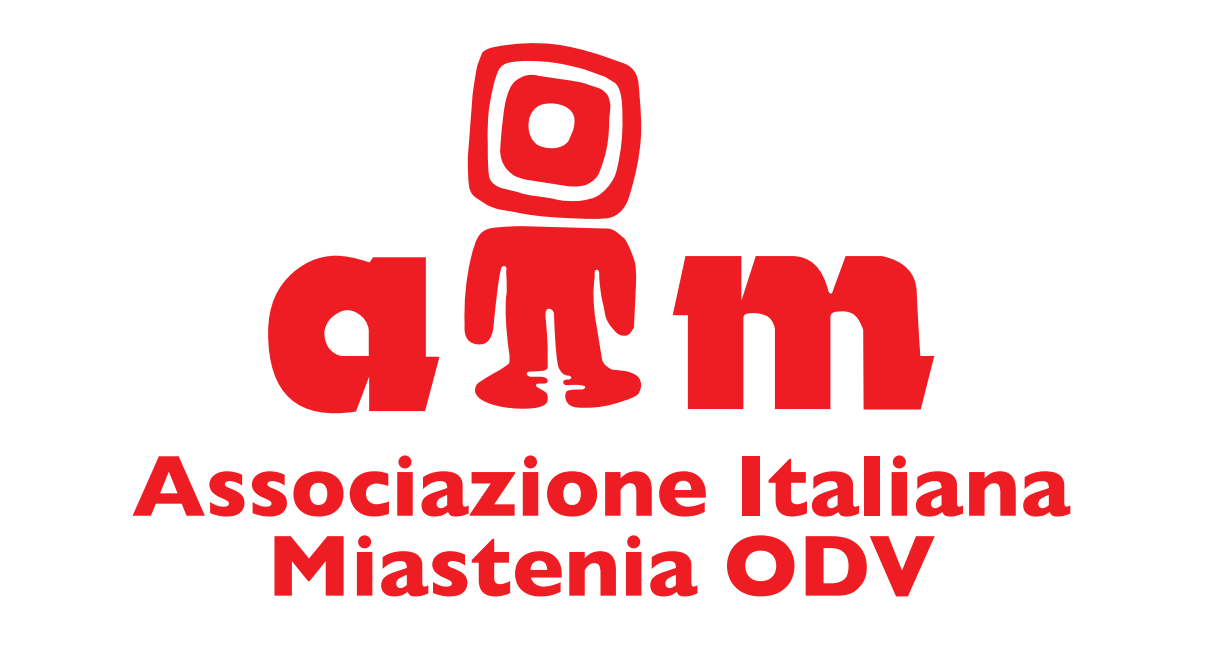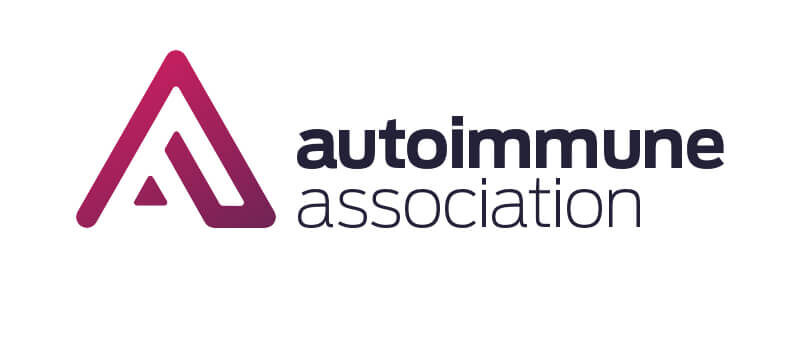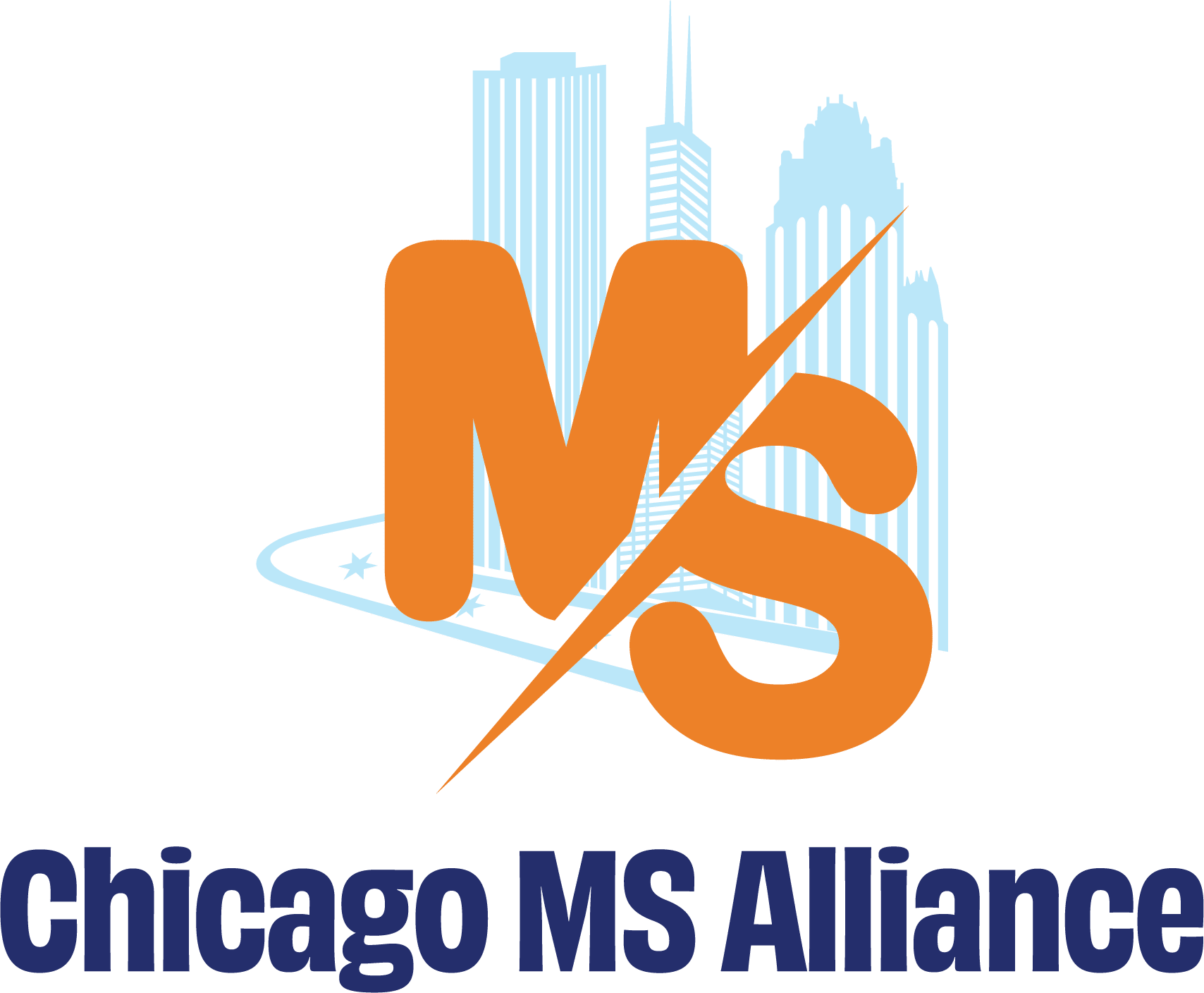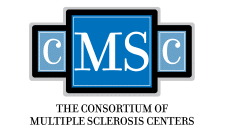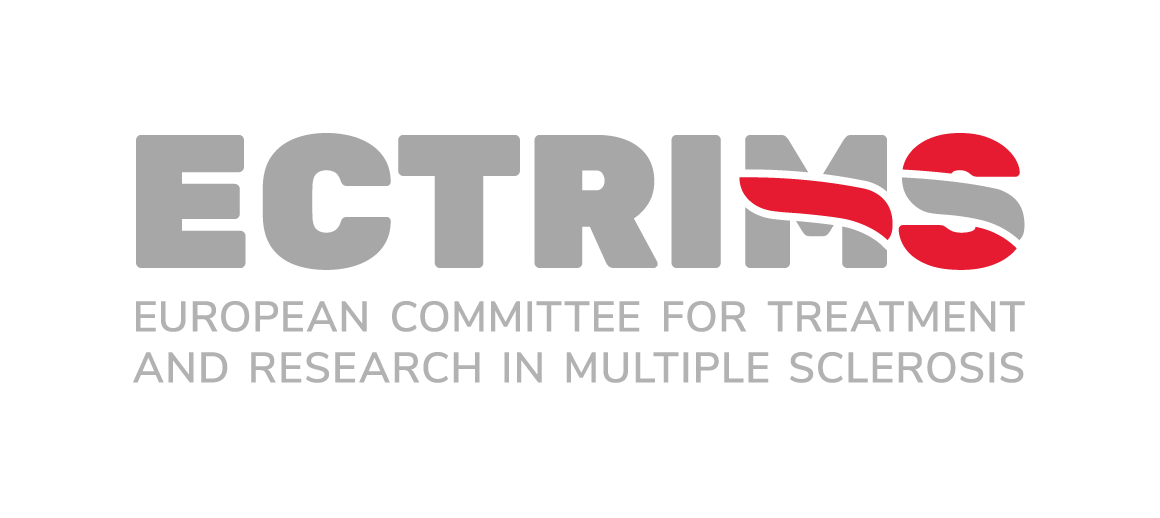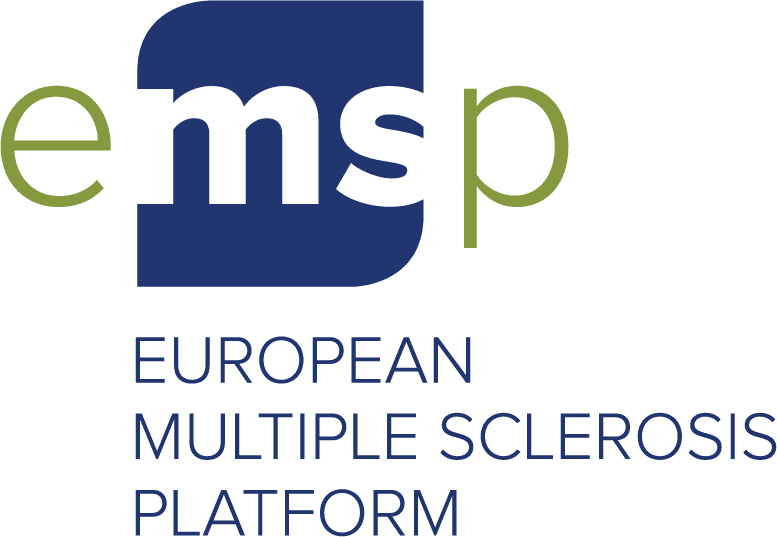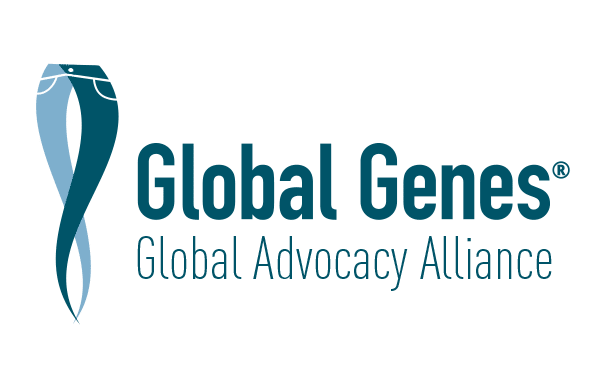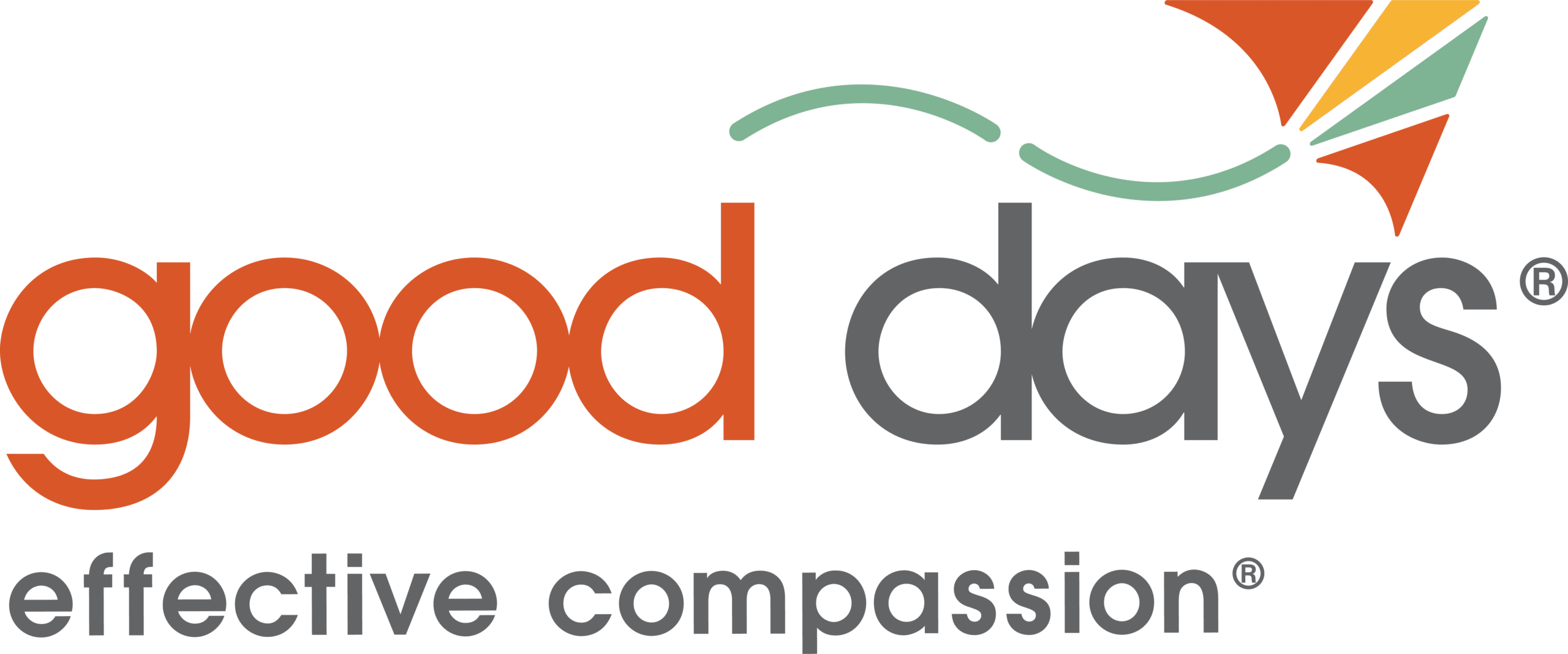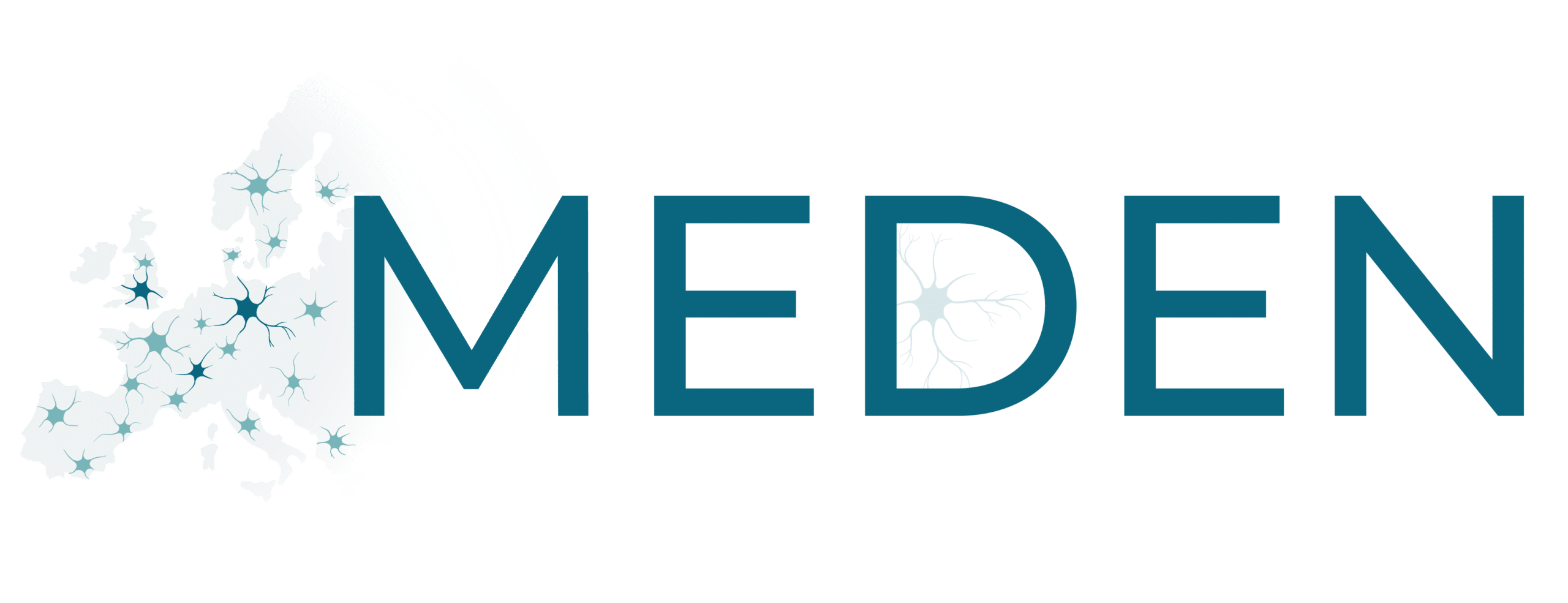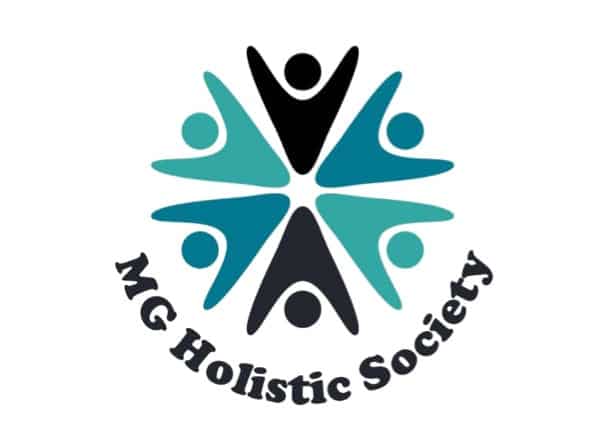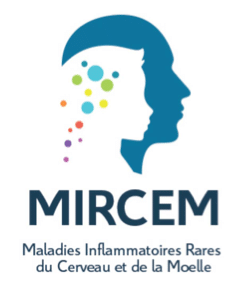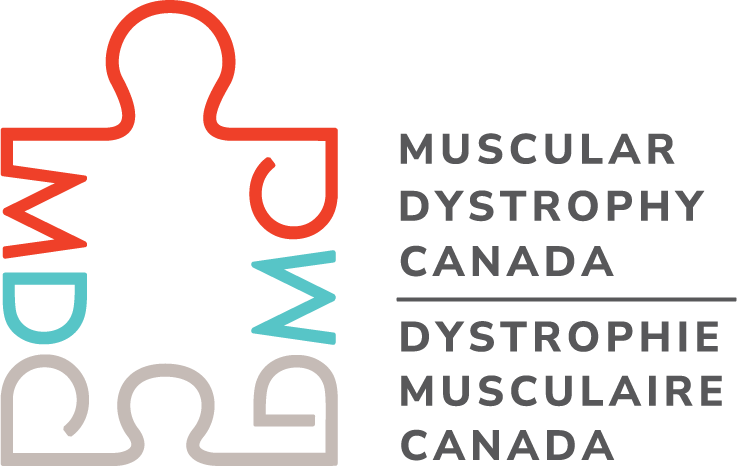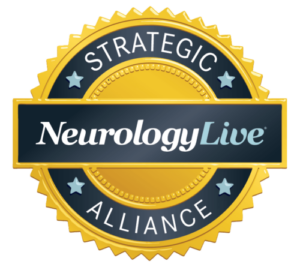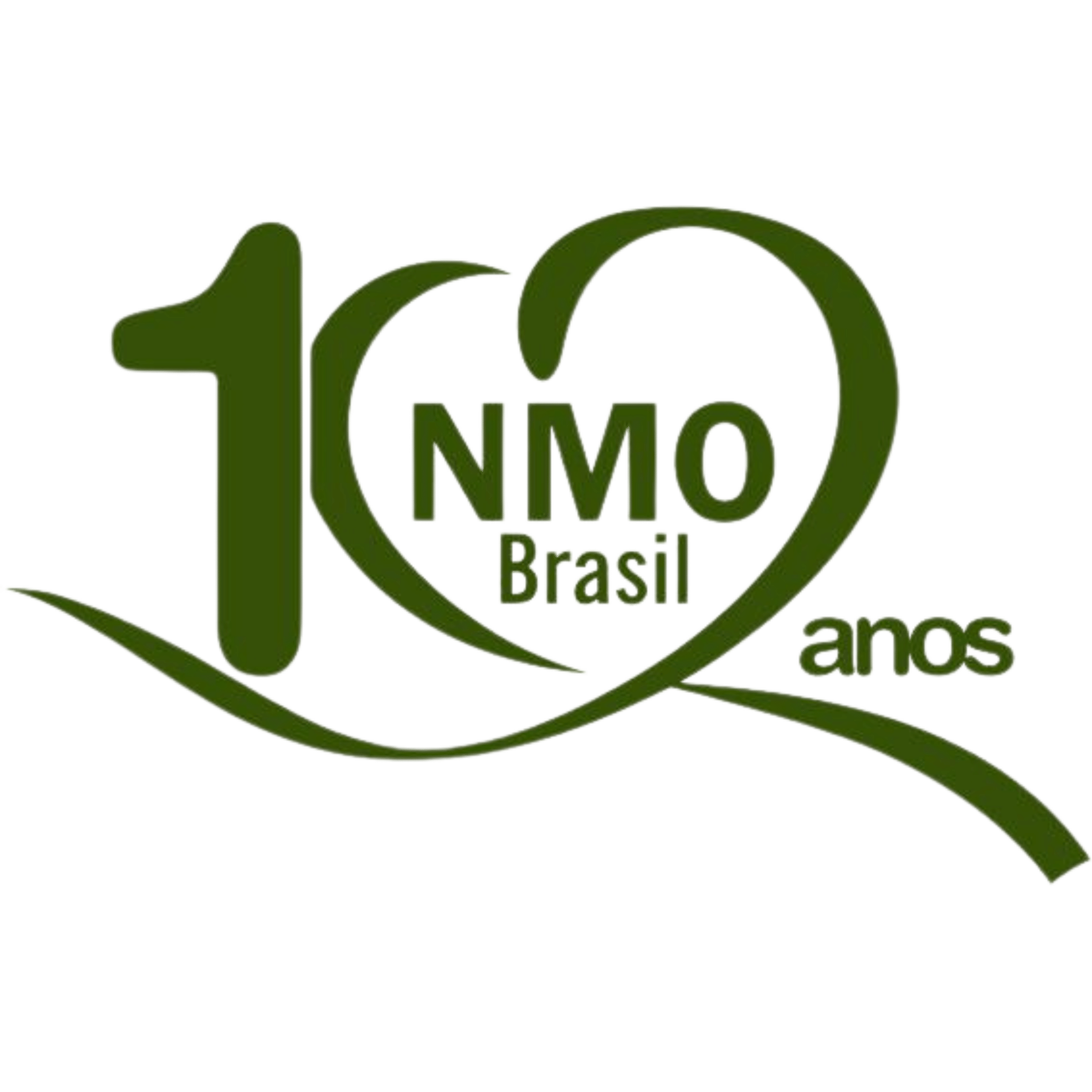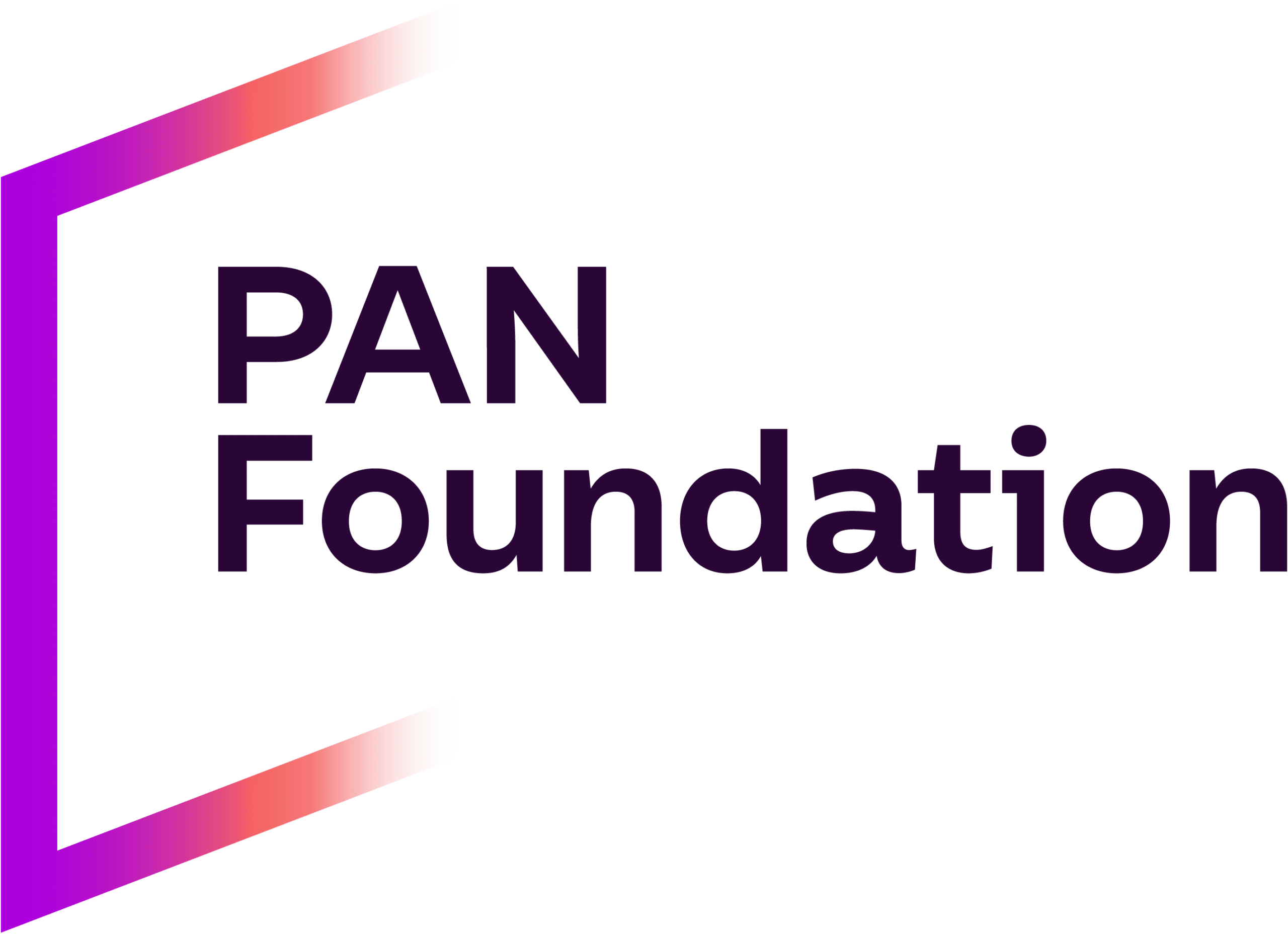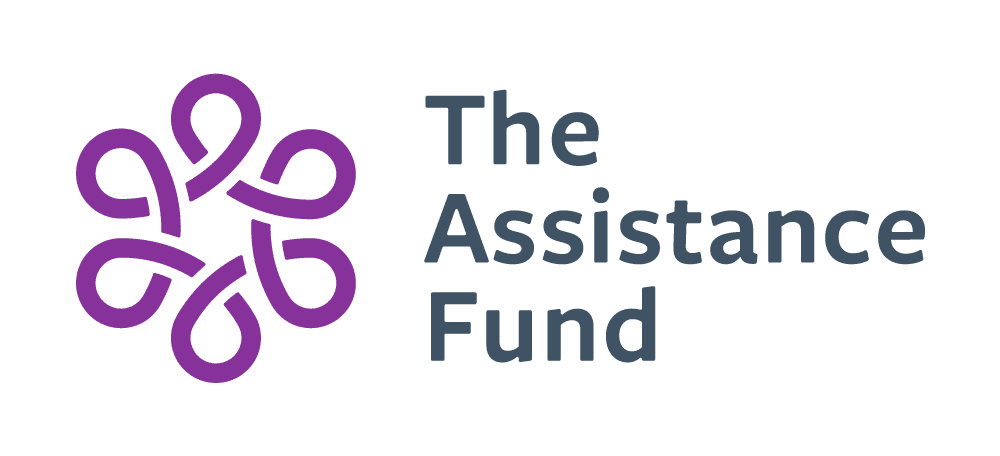Home » Research Summaries » Search Results
Archives: Research Summaries
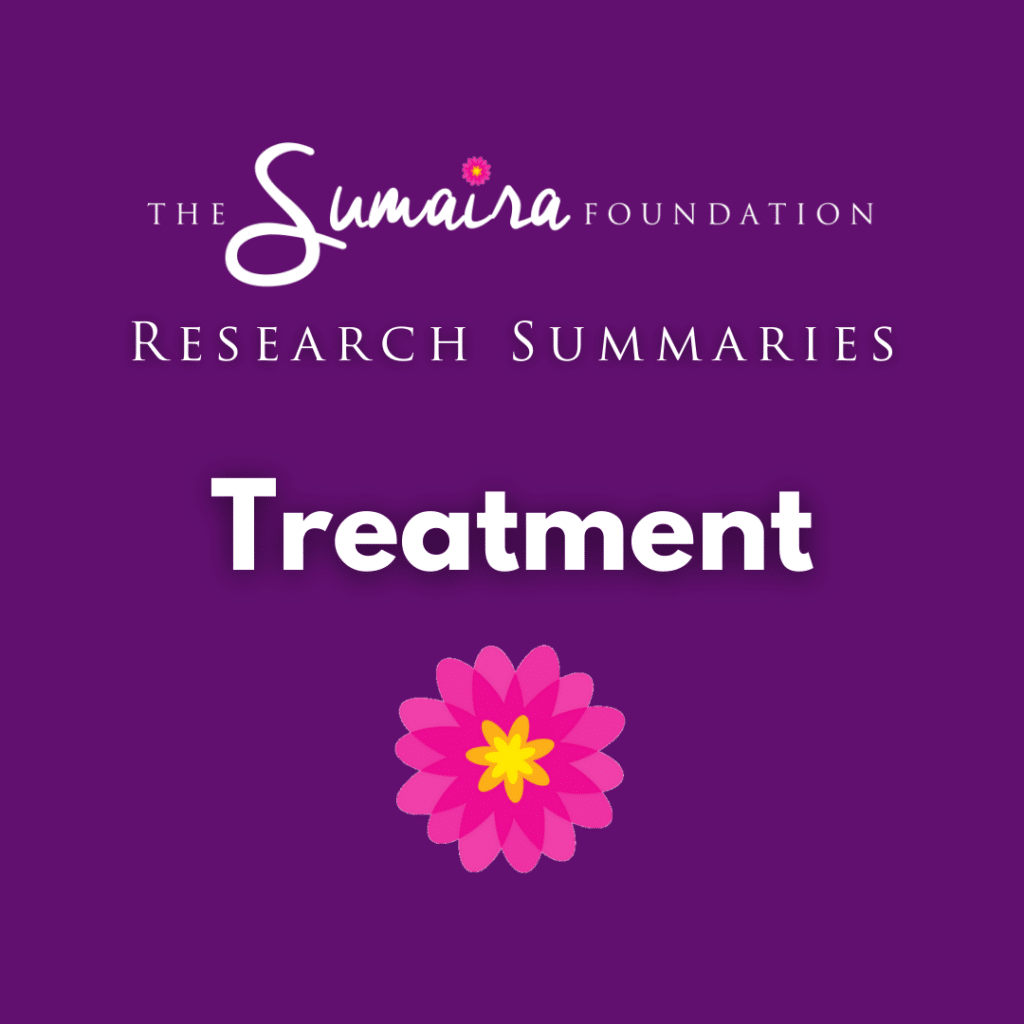
Journal: Neurology and Therapy; February 24, 2023
Author(s): Ju-Hong Min, Marco Capobianco, Carly Welsh, Patricia Lobo, Gabrielle deFiebre, Marco Lana-Peixoto, Dean M. Wingerchuk, Jiawei Wang, Marius Ringelstein
NMOSD management in real-life settings globally
This study evaluated treatment practices for NMOSD globally by conducting an online survey among 389 neurologists in the USA, Germany, Italy, Brazil, South Korea, and China (representing data from 1185 patients) and conducting telephonic interviews with 33 patients receiving maintenance therapy for NMOSD. Questions to neurologists captured patient demographics, diagnosis, maintenance treatment history, relapse occurrence, and disease severity. Patient interviews covered diagnosis, treatment, perceptions about relapse severity or disease stability, and switching from one treatment to another. About 25% of the patients were initially misdiagnosed, resulting in delayed treatment and more relapses compared to patients who received the correct initial diagnosis. Oral corticosteroids or immunosuppressants were typically the first treatment given in all countries, except in the USA, where monoclonal antibodies were also equally likely to be used as the first treatment. The decision to switch treatments was usually made by neurologists based on the severity of relapses. Most patients interviewed did not recall being offered a choice of treatment or understand why they were prescribed a certain treatment. A related study used the same neurologist survey and patient interviews to characterize how disease severity and stability are classified globally.
Free Access: Full text
read the full text

Journal: Neurology Neuroimmunology & Neuroinflammation; October 13, 2022
Author(s): Eva Maria Wendel, Helen Sophie Thonke, Annikki Bertolini, Matthias Baumann, Astrid Blaschek, Andreas Merkenschlager, Michael Karenfort, Barbara Kornek, Christian Lechner, Daniela Pohl, Martin Pritsch, Kathrin Schanda, Mareike Schimmel, Charlotte Thiels, Stephan Waltz, Gert Wiegand, Banu Anlar, Nina Barisic, Christian Blank, Markus Breu, Philip Broser, Adela Della Marina, Katharina Diepold, Matthias Eckenweiler, Astrid Eisenkölbl, Michael Freilinger, Ursula Gruber-Sedlmayr, Annette Hackenberg, Tobias Iff, Ellen Knierim, Johannes Koch, Georg Kutschke, Steffen Leiz, Grischa Lischetzki, Margherita Nosadini, Alexander Pschibul, Edith Reiter-Fink, Doris Rohrbach, Michela Salandin, Stefano Sartori, Jan-Ulrich Schlump, Johannes Stoffels, Jurgis Strautmanis, Daniel Tibussek, Victoria Tüngler, Norbert Utzig, Markus Reindl, Kevin Rostásy; BIOMARKER Study Group
Fluctuating anti-MOG antibody levels in children and what they could mean
MOGAD patients who have persistent high levels of anti-MOG antibodies tend to have a more aggressive, relapsing disease course. This study involved 116 children with MOGAD and aimed to evaluate whether certain clinical characteristics and serum biomarkers might predict the risk of relapse and how anti-MOG antibody levels may fluctuate in these children. The children were followed up for 3 years on average if they had no relapse and for 5 years if they had a relapse. The results showed that when anti-MOG levels declined over time, and especially when the antibody tests went from positive (detected) to negative (not detected) over time, the children were less likely to have a relapse.
Related article: Can anti-MOG-antibody levels predict relapses in MOGAD?
Free Access: Full text
read the full text

Journal: Current Opinion in Neurology; March 19, 2024
Author(s): Elisabeth Maillart, Kumaran Deiva, Romain Marignier
Clinical features of patients with MOGAD
This study is a review of previously published studies, aiming to summarize the clinical features of MOGAD. Over the last two decades, improvements in antibody testing methods have improved the accuracy of MOGAD diagnosis. Additionally, international criteria for MOGAD have been proposed for the first time. This study evaluates and explains each of the clinical features mentioned in the international criteria for MOGAD and also discusses potential challenges for the criteria to be applied in varied clinical settings. This study could be helpful for neurologists and patients looking to arrive at a treatment plan.
Related article: Myelin oligodendrocyte glycoprotein antibody-associated disease (MOGAD): current understanding and challenges
Free Access: Full text
read the full text

Journal: Multiple Sclerosis and Related Disorders; July 8, 2023
Author(s): Jie Wang, Keyu Yang, Fang Zhang, Yujie Yi, Jing Wang
Could certain clinical factors predict relapses in MOGAD?
About 50% of patients with MOGAD tend to have relapses. This study, conducted on 24 MOGAD patients in China, aimed to determine if any specific clinical features might predict relapses in MOGAD. The results showed that the most common clinical features of MOGAD are loss of vision, numbness in the limbs or face, and eye pain. Patients who have optic neuritis, a history of immune disease, high levels of anti-MOG antibodies (≥1:100), and/or high levels of leukocytes in the cerebrospinal fluid (above 50/mm3) may be more likely to have relapses.
Related article: Can anti-MOG-antibody levels predict relapses in MOGAD?
Free Access: Abstract only
read the abstract

Journal: Journal of Neurology, Neurosurgery, and Psychiatry; March 1, 2023
Author(s): Matteo Gastaldi, Thomas Foiadelli, Giacomo Greco, Silvia Scaranzin, Eleonora Rigoni, Stefano Masciocchi, Sergio Ferrari, Chiara Mancinelli, Laura Brambilla, Margherita Mancardi, Thea Giacomini, Diana Ferraro, Marida Della Corte, Antonio Gallo, Massimiliano Di Filippo, Luana Benedetti, Giovanni Novi, Maurizio Versino, Paola Banfi, Raffaele Iorio, Lucia Moiola, Emanuela Turco, Stefano Sartori, Margherita Nosadini, Martino Ruggieri, Salvatore Savasta, Elena Colombo, Elena Ballante, Sven Jarius, Sara Mariotto, Diego Franciotta; NINA study group
Can anti-MOG-antibody levels predict relapses in MOGAD?
Testing for anti- MOG antibodies is an important diagnostic tool for patients with MOGAD. But little is known about how often the antibody tests should be repeated and what persistent high antibody levels might mean for the disease course. This study was conducted on 102 MOGAD patients in Italy. The results showed that patients with persistent positive anti-MOG-antibody tests and high levels antibodies over time are more likely to have relapses.
Related article: What predicts a relapsing disease course after the first demyelination event in MOGAD patients?
Free Access: Abstract only
read the abstract
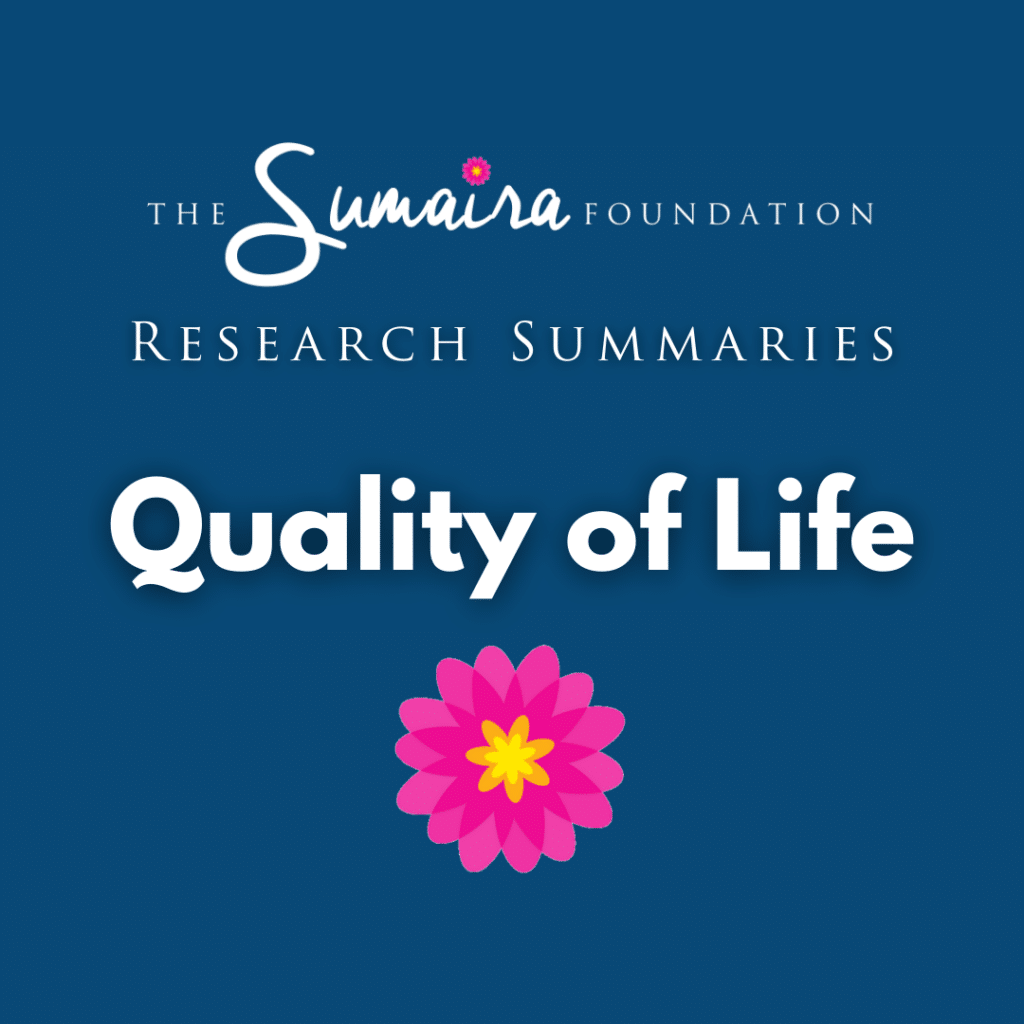
Journal: Multiple Sclerosis and Related Disorders; December 28, 2023
Author(s): Haifen Liao, Ping Fan, Hengfang Ruan, Wei Qiu, Meifen Zhang, Huijuan L
How do NMOSD patients perceive and deal with their risk of relapses?
Recurrent relapses in NMOSD lead to increasing disability. To some extent, this can be avoided if patients accurately perceive and respond to their risk of having a relapse. This study used face-to-face, semi-structured interviews with 15 NMOSD patients to assess how patients perceive their risk of having a relapse and associated coping strategies. The themes that came up in the interviews included patients’ perceptions of the possibility and warning signs of a relapse, understanding and misconceptions about relapse triggers, consequences of a relapse, and coping strategies. The findings showed that the chances of a relapse tend to be underestimated by patients until they have had two or more relapses and overestimated after two or more relapses. A potential trigger for relapses, which can be easily managed, is non-compliance to recommended medication protocols. Relapses have significant negative effects on patients, and patients are therefore eager to discuss treatment planning and relapse management with their doctors.
Free Access: Abstract only
read the abstract

Journal: Multiple Sclerosis and Related Disorders; October 14, 2021
Author(s): Michael Levy, Alan R. Haycox, Ursula Becker, Cristina Costantino, Elisabetta Damonte, Gaelle Klingelschmitt, H. Christian von Büdingen, Gene Wallenstein, D. Di Maio, Lech Szczechowsk
How disability affects quality of life in patients treated for NMOSD
This study used data from published clinical trials for the approved therapy satralizumab to assess how disability affects quality of life in patients with NMOSD. NMOSD considerably affects patients’ quality of life because of pain, impaired physical and cognitive function, deficits in sensation and/or motor function, loss of vision, sexual/bowel/bladder dysfunction, and mental health challenges, all of which can impact their ability to work or perform day-to-day activities. In this study, disability and quality of life scores were correlated for NMOSD patients in the SAkuraStar and SAkuraSky studies, which evaluated the effects of satralizumab administered alone or along with immunosuppressants. The study showed that with every added disability, the patients’ quality of life scores reduced.
Free Access: Full text
read the full text

Journal: Journal of Nervous System Disease; February 1, 2024
Author(s): Monique Anderson, Michael Levy
Long-term treatment approaches for NMOSD
Neuromyelitis optica spectrum disorder (NMOSD) is a rare inflammatory disorder of the central nervous system where myelin, the protective sheath surrounding neurons, gets eroded. occurs in approximately 1-5 individuals per 100,000 globally. It can affect the optic nerve, spinal cord, and brainstem. If left untreated, NMOSD attacks can lead to irreversible damage; therefore, treatment approaches focus on preventing repeat attacks. A better understanding of the underlying causes of NMOSD over the last 10 years has led to new FDA-approved treatments. This review discusses available approved and off-label long-term treatments used for NMOSD, treatments in the pipeline for adult and pediatric NMOSD patients, and considerations in pregnant patients and in the context of COVID-19. Patients would find this review helpful when discussing treatment options with their neurologist.
Free Access: Full text and plain-language summary
read the full text

Journal: Neurology; April 25, 2023
Author(s): Sean Pittock, Michael Barnett, Jeffrey Bennett, Achim Berthele, Jérôme de Sèze, Michael Levy, Ichiro Nakashima, Celia Oreja Guevara, Jacqueline Palace, Friedemann Paul, Carlo Pozzilli, Kerstin Allen, Yasmin Mashhoon, Marcus Yountz, and Ho Jin Kim
CHAMPION-NMOSD clinical trial: efficacy and safety of ravulizumab in NMOSD patients testing positive for AQP-4
Ravulizumab is a therapy for NMOSD that has recently (in 2024) been approved in the US, following the clinical trial called CHAMPION-NMOSD. Ravulizumab is similar to eculizumab in its mechanism of action. This clinical trial study evaluated the safety and efficacy of ravulizumab in adult patients who tested positive for aquaporin-4 antibodies (AQP4+). In the trial, patients receiving ravulizumab showed a reduced risk of relapse and better disability scores than those receiving the placebo. While there were side effects, the overall safety of ravulizumab was similar to its documented safety profile in other conditions where it has been approved. Patients were followed up for over 1.5 years on average, and the safety and efficacy results remained the same throughout this period.
Free Access: Abstract only
read the abstract

Journal: Annals of Neurology; March 3, 2023
Author(s): Sean J. Pittock, Michael Barnett, Jeffrey L. Bennett, Achim Berthele, Jérôme de Sèze, Michael Levy, Ichiro Nakashima, Celia Oreja-Guevara, Jacqueline Palace, Friedemann Paul, Carlo Pozzilli, Marcus Yountz, Kerstin Allen, Yasmin Mashhoon, Ho Jin Kim
Ravulizumab in NMOSD patients testing positive for AQP4
Ravulizumab is a therapy for NMOSD that has recently (in 2024) been approved in the US, following the clinical trial called CHAMPION-NMOSD. This paper, which reviews data from the clinical trial, shows the safety and efficacy of ravulizumab in adult NMOSD patients who tested positive for aquaporin-4 antibodies (AQP4+). Ravulizumab was found to significantly reduce the risk of relapse in patients with AQP4+ NMOSD, with similar levels of safety as eculizumab for NMOSD and as ravulizumab in all other conditions where it has been approved.
Free Access: Full text
read the full text












